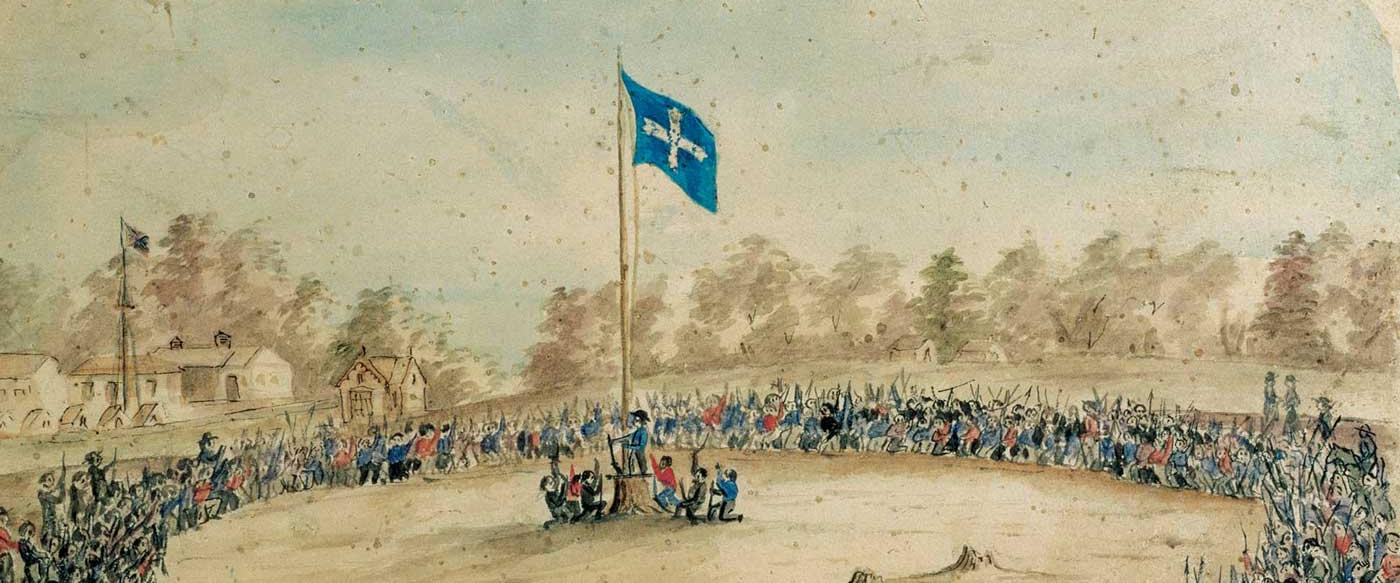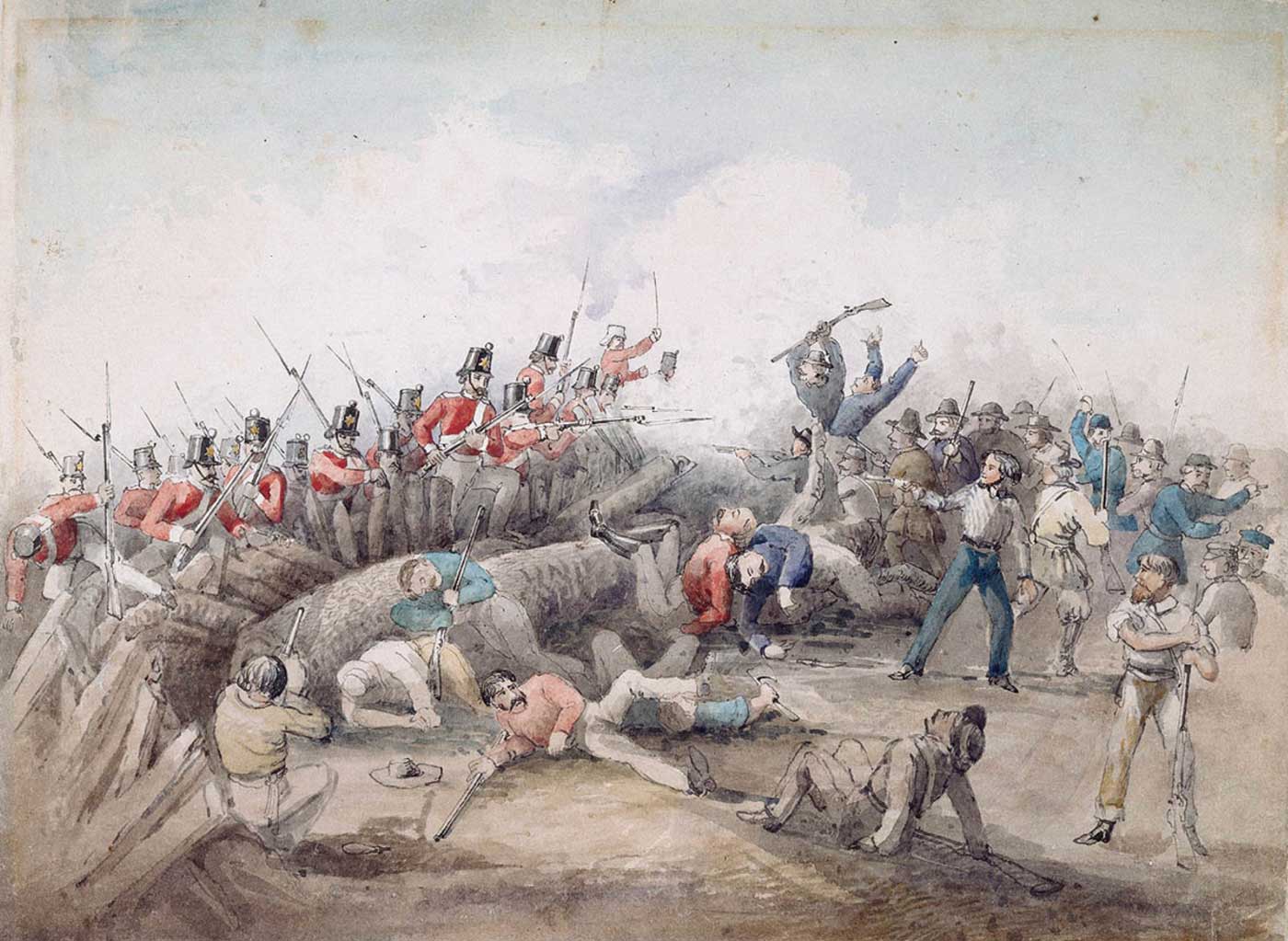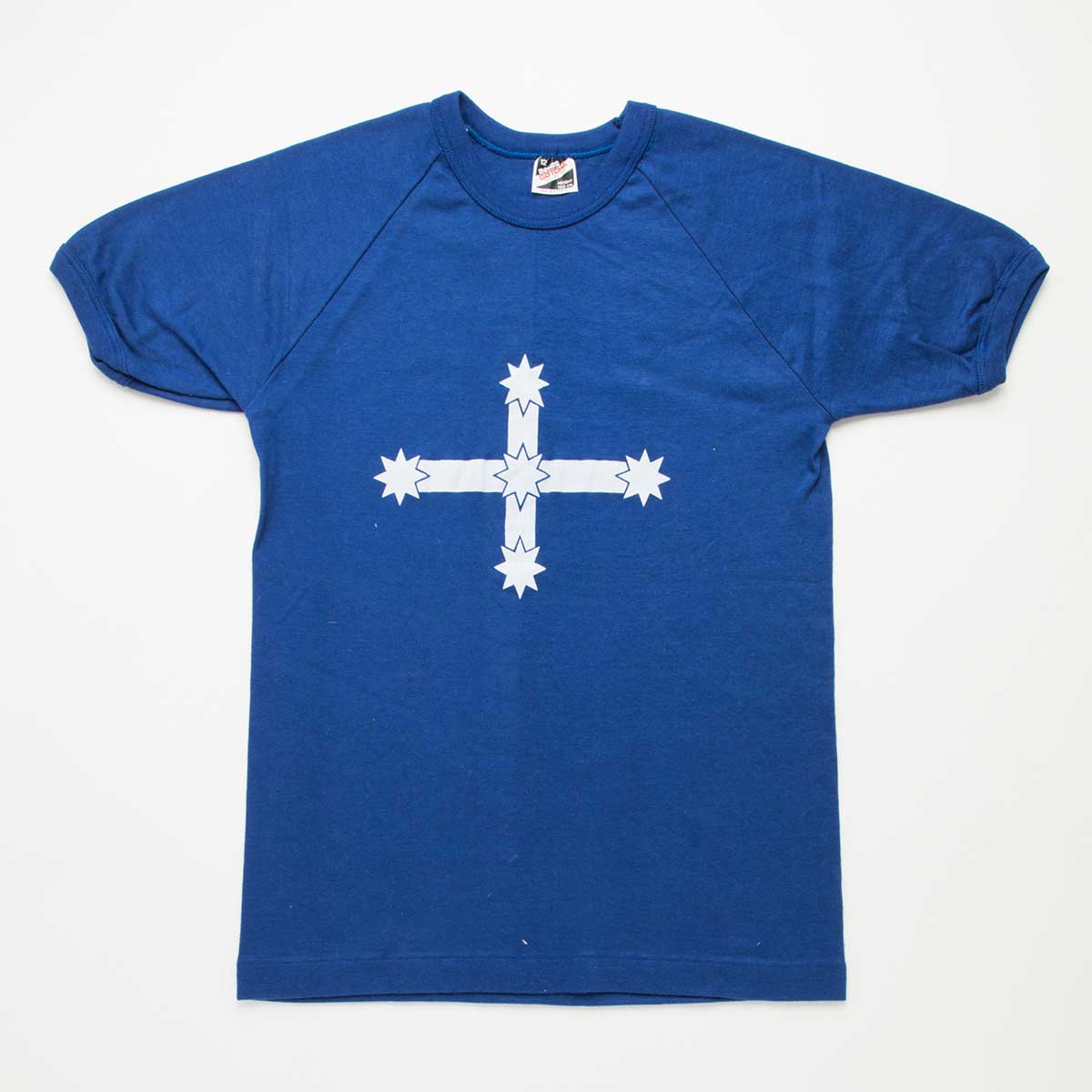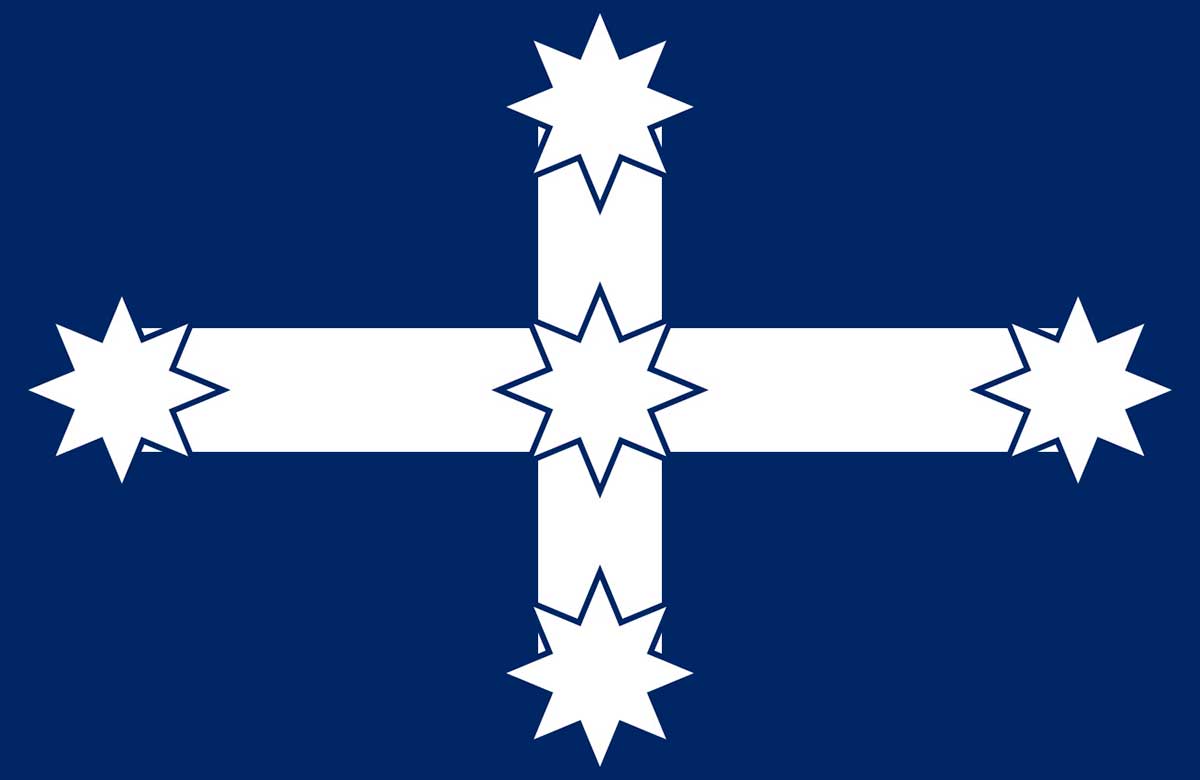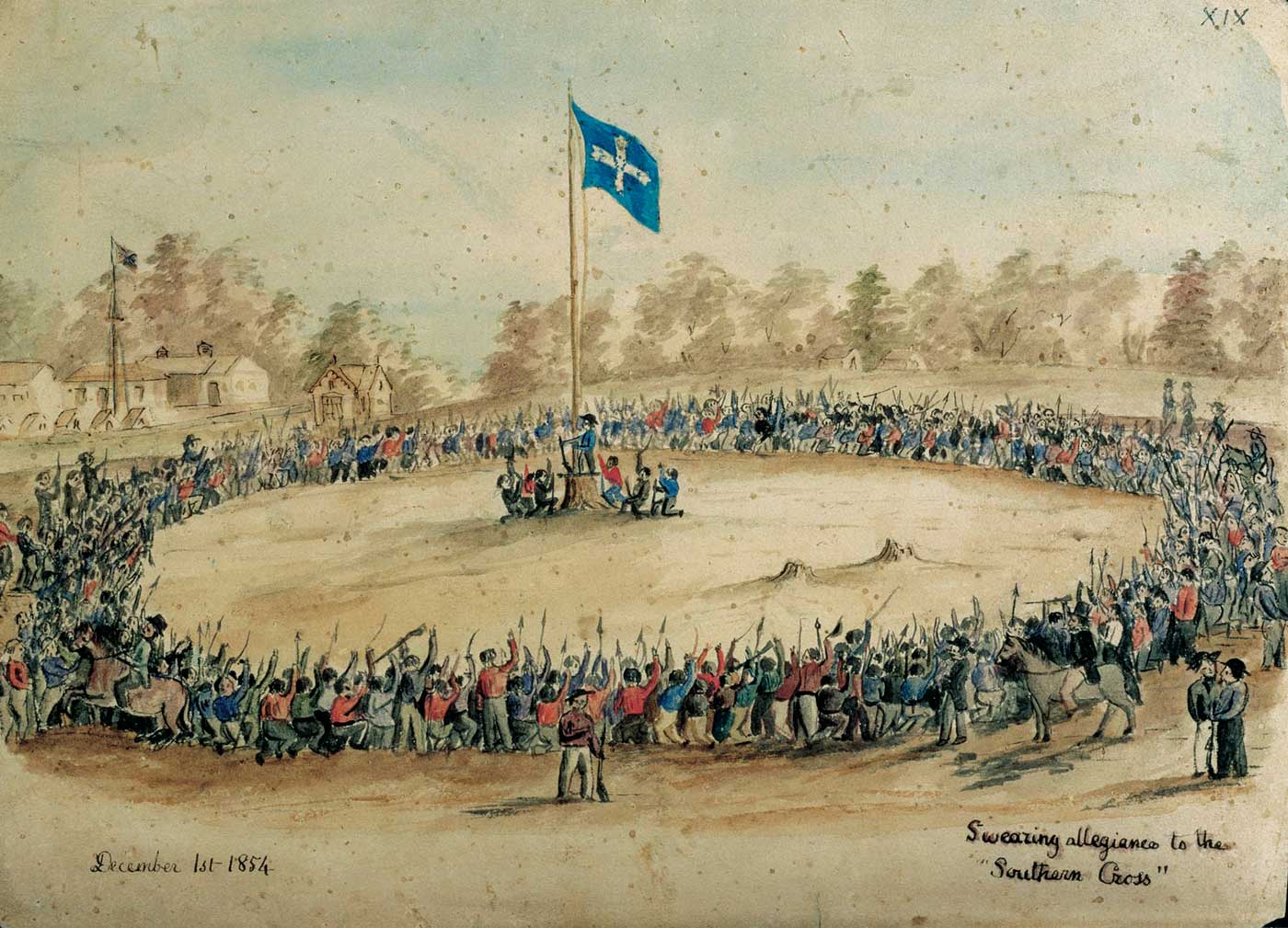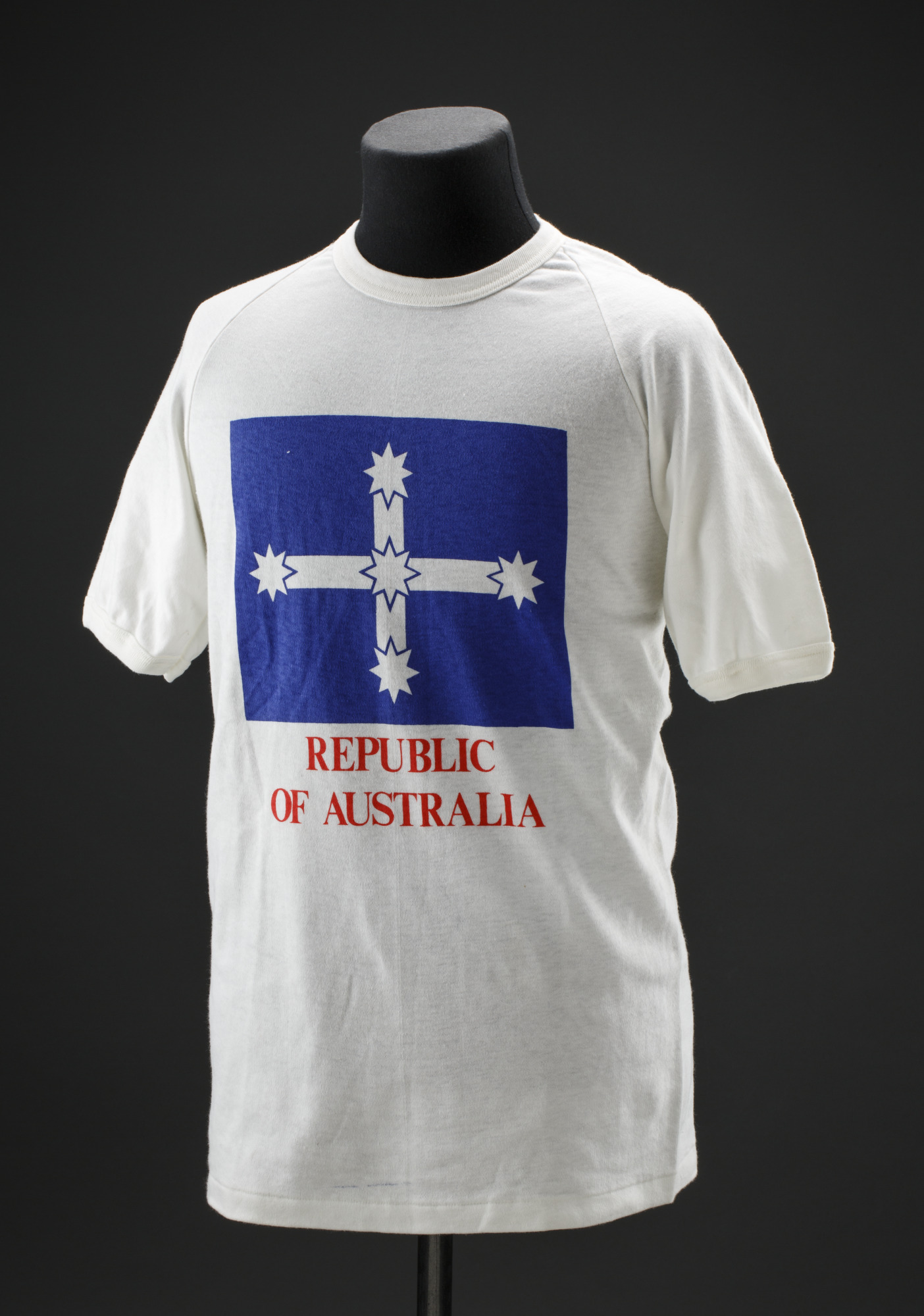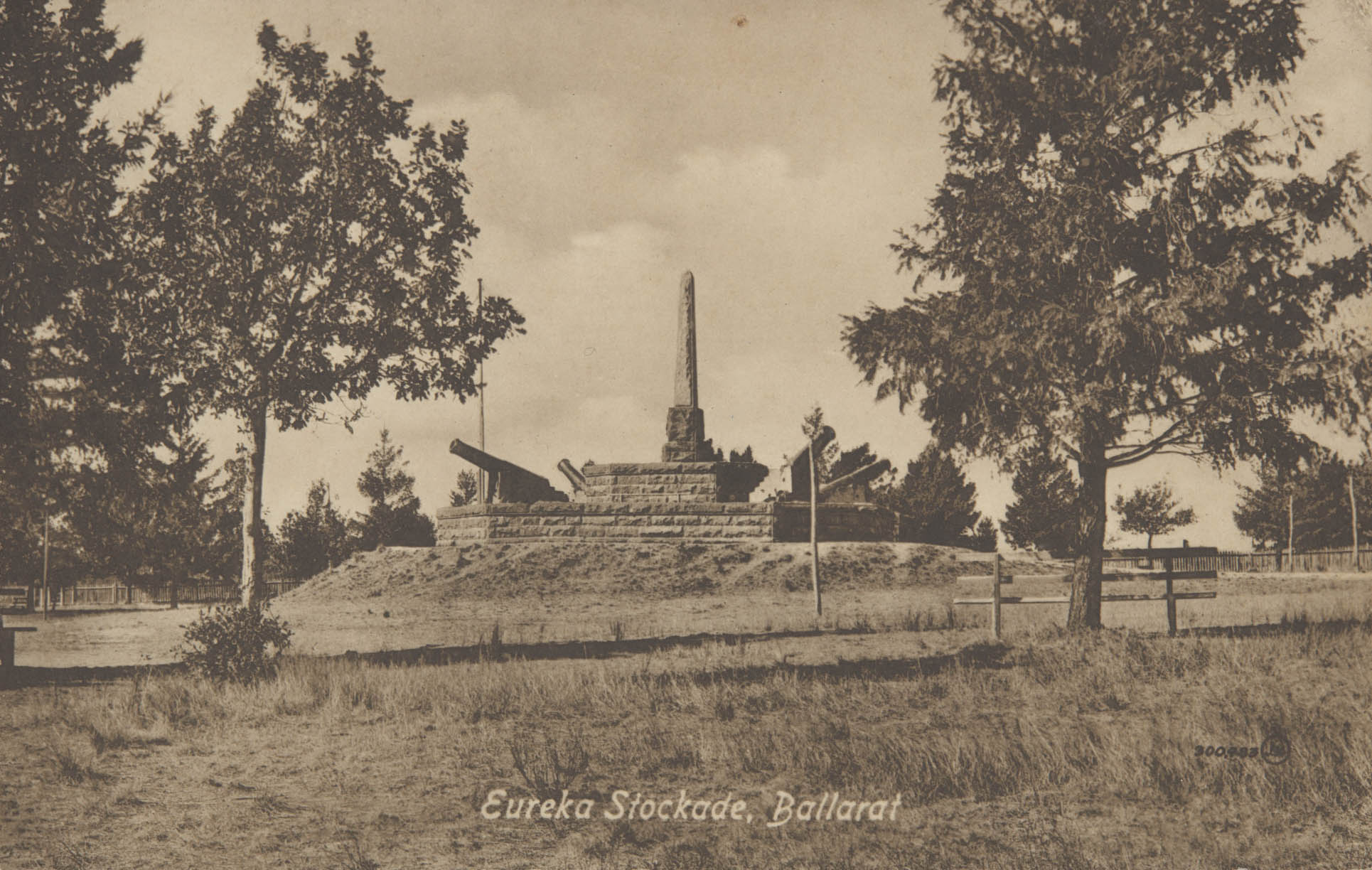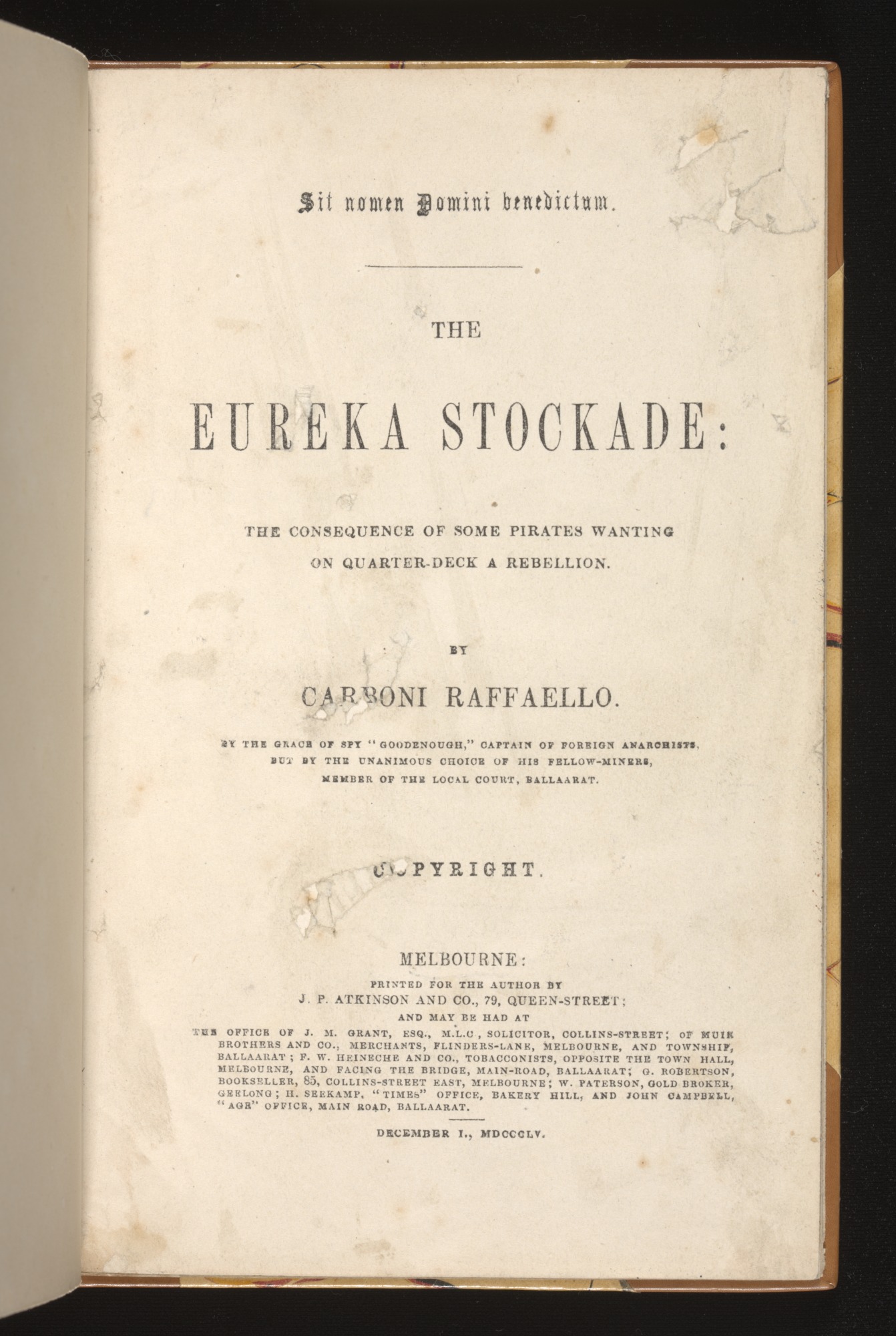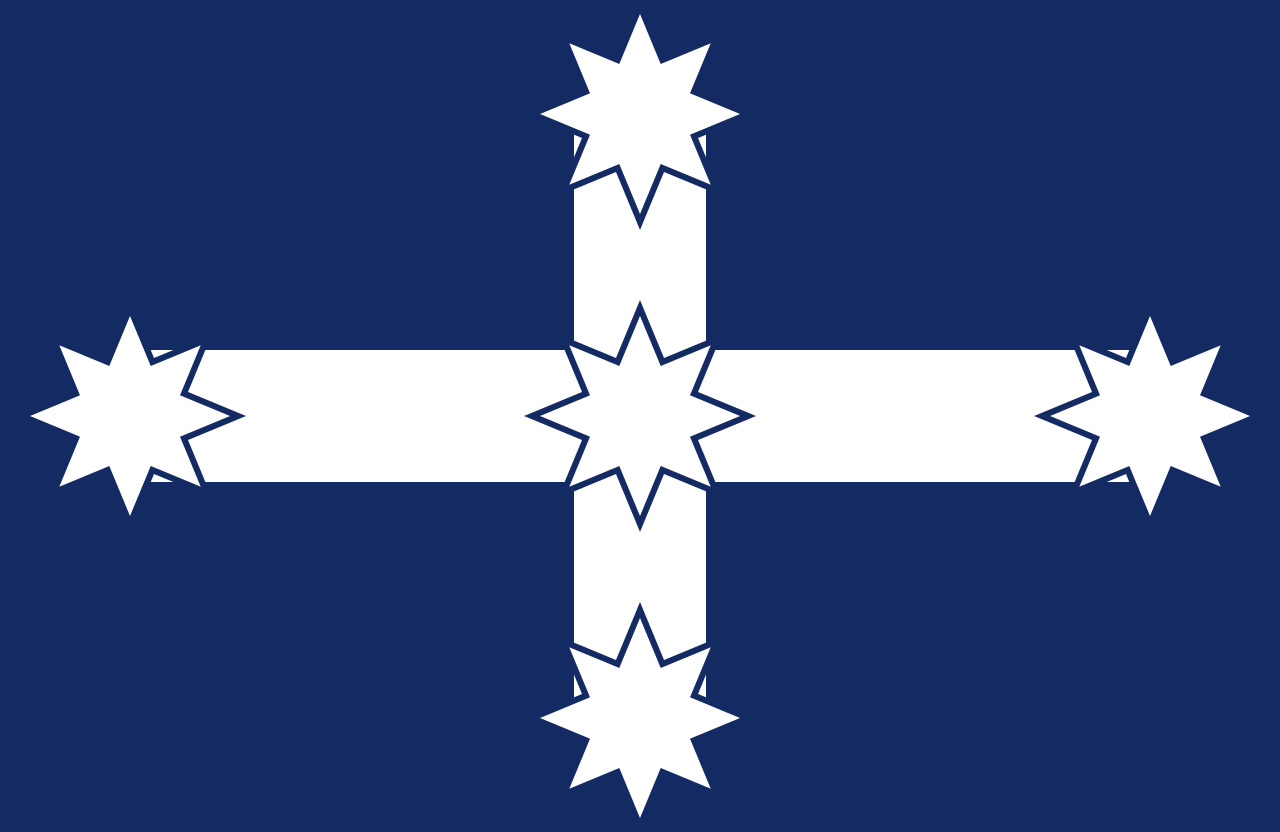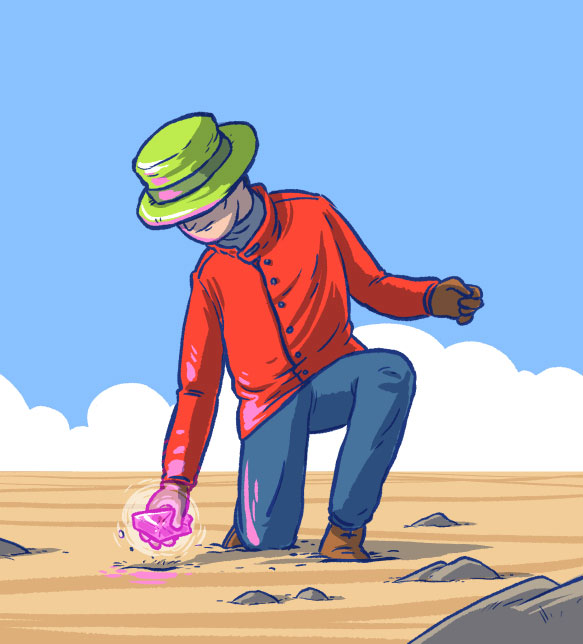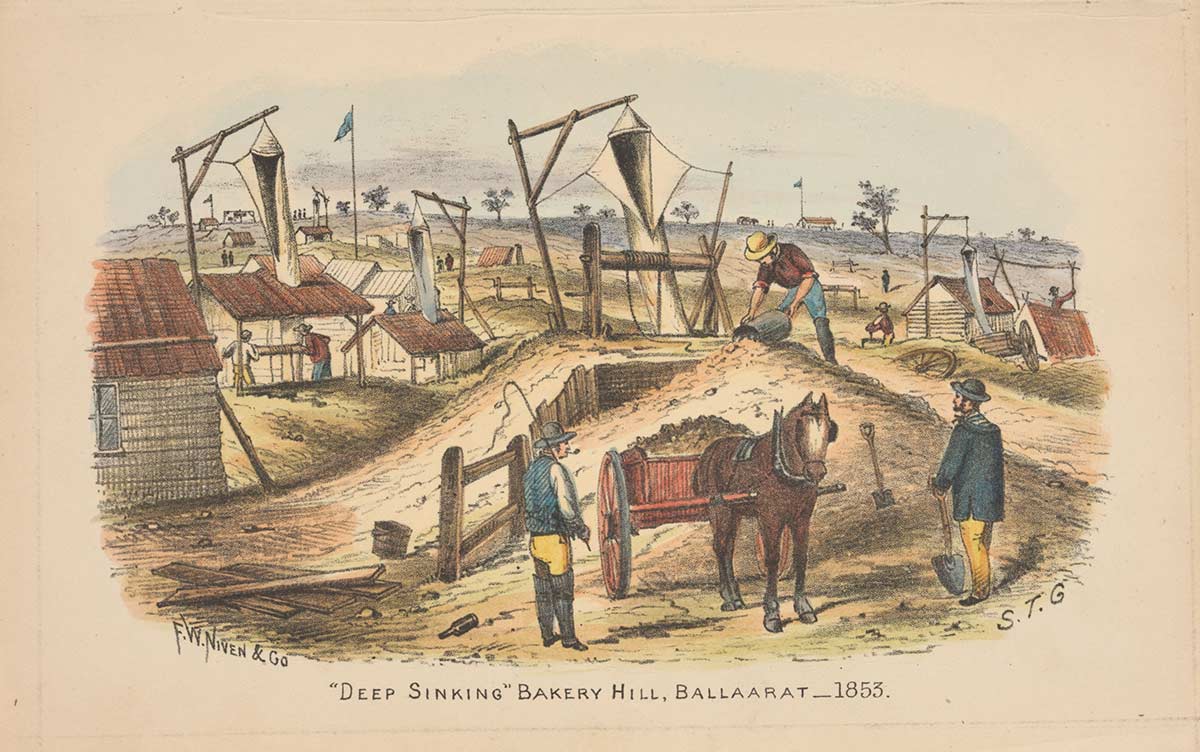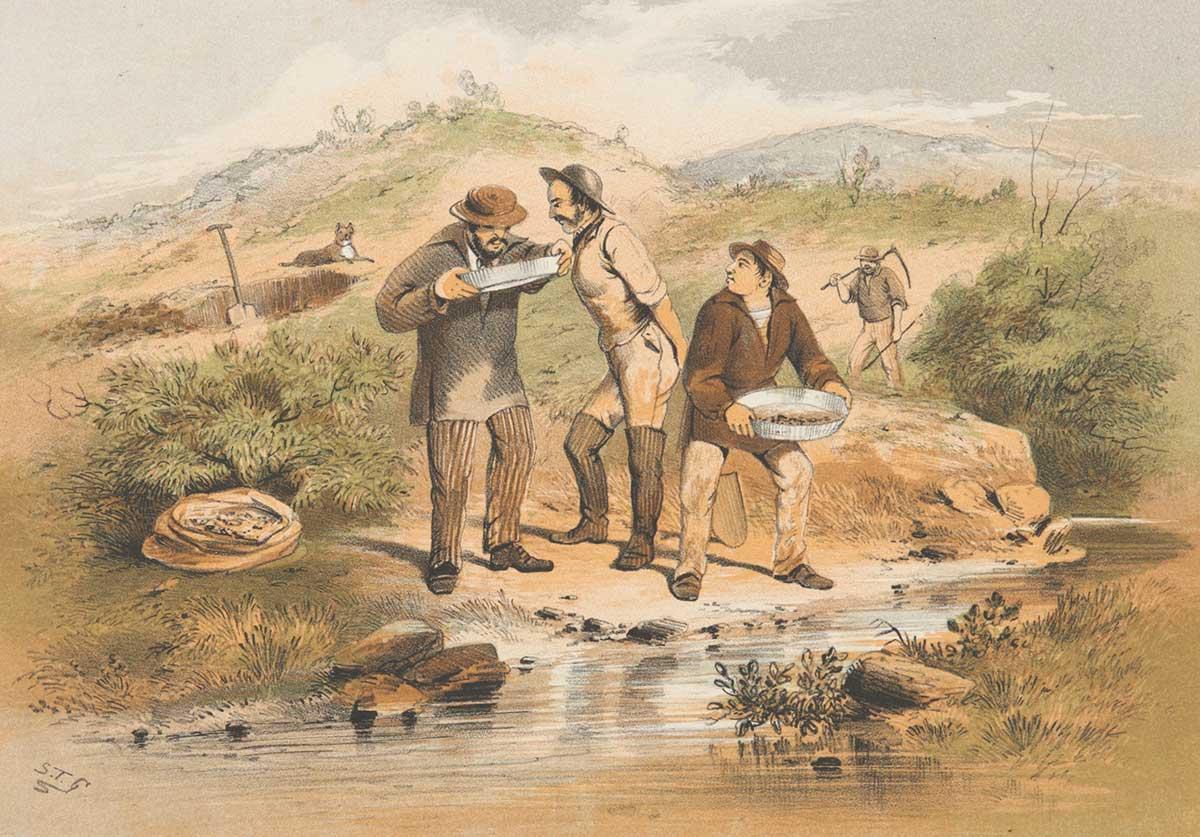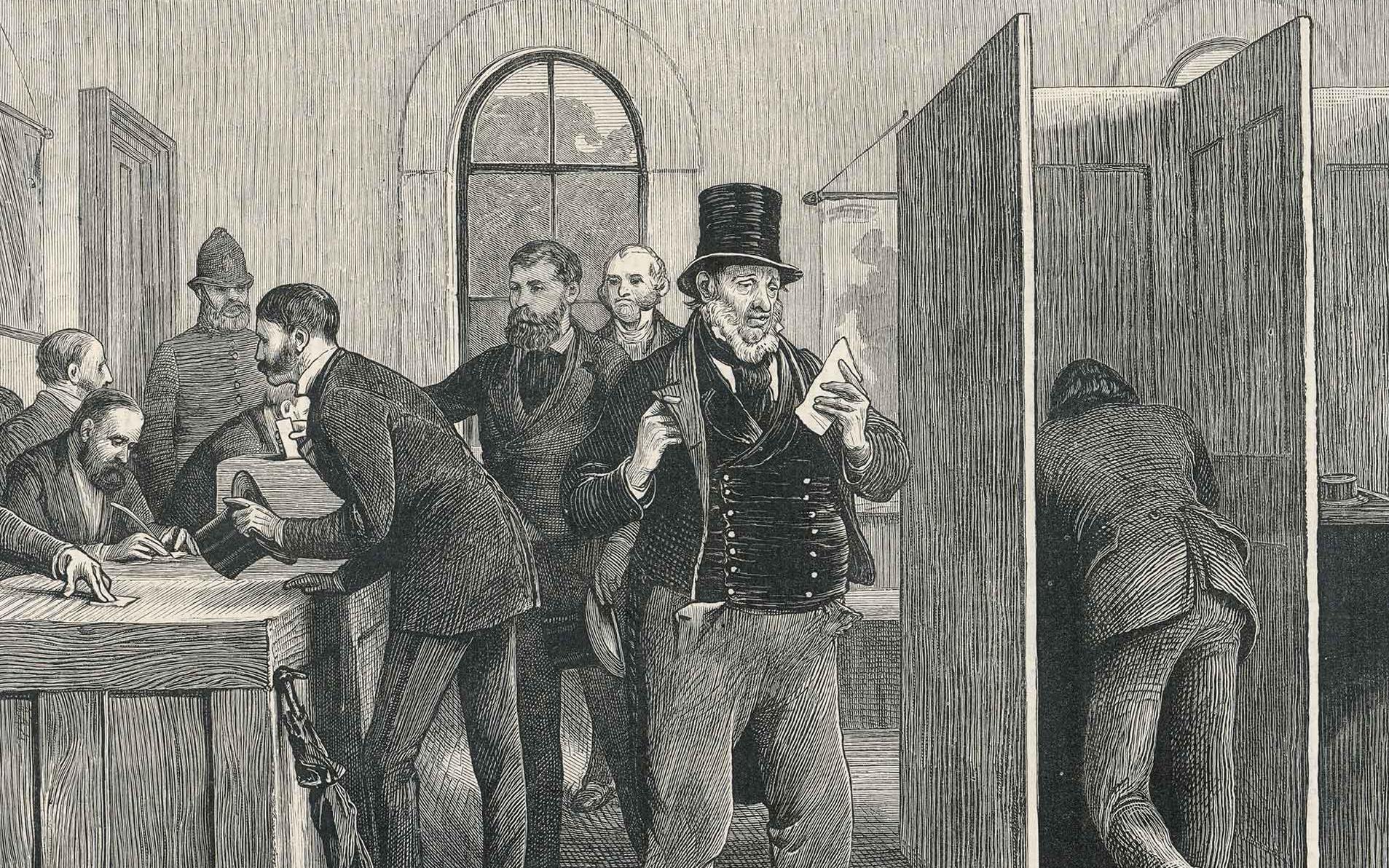‘We swear by the Southern Cross’
1854: Rebellion of goldminers at Eureka Stockade, Ballarat, Victoria
‘We swear by the Southern Cross’
1854: Rebellion of goldminers at Eureka Stockade, Ballarat, Victoria
In a snapshot
On 29 November 1854 miners from Ballarat in Victoria first raised the Southern Cross flag at Bakery Hill and began building a stockade at the nearby Eureka diggings. They were unhappy with the way the colonial government had been running the goldfields. Early on 3 December 1854, government troops attacked the stockade, and at least 22 miners and five soldiers were killed. Despite the defeat of the miners at the stockade, the events at Eureka later led to changes in how people were governed as well as people’s attitudes towards democracy and ‘a fair go’.
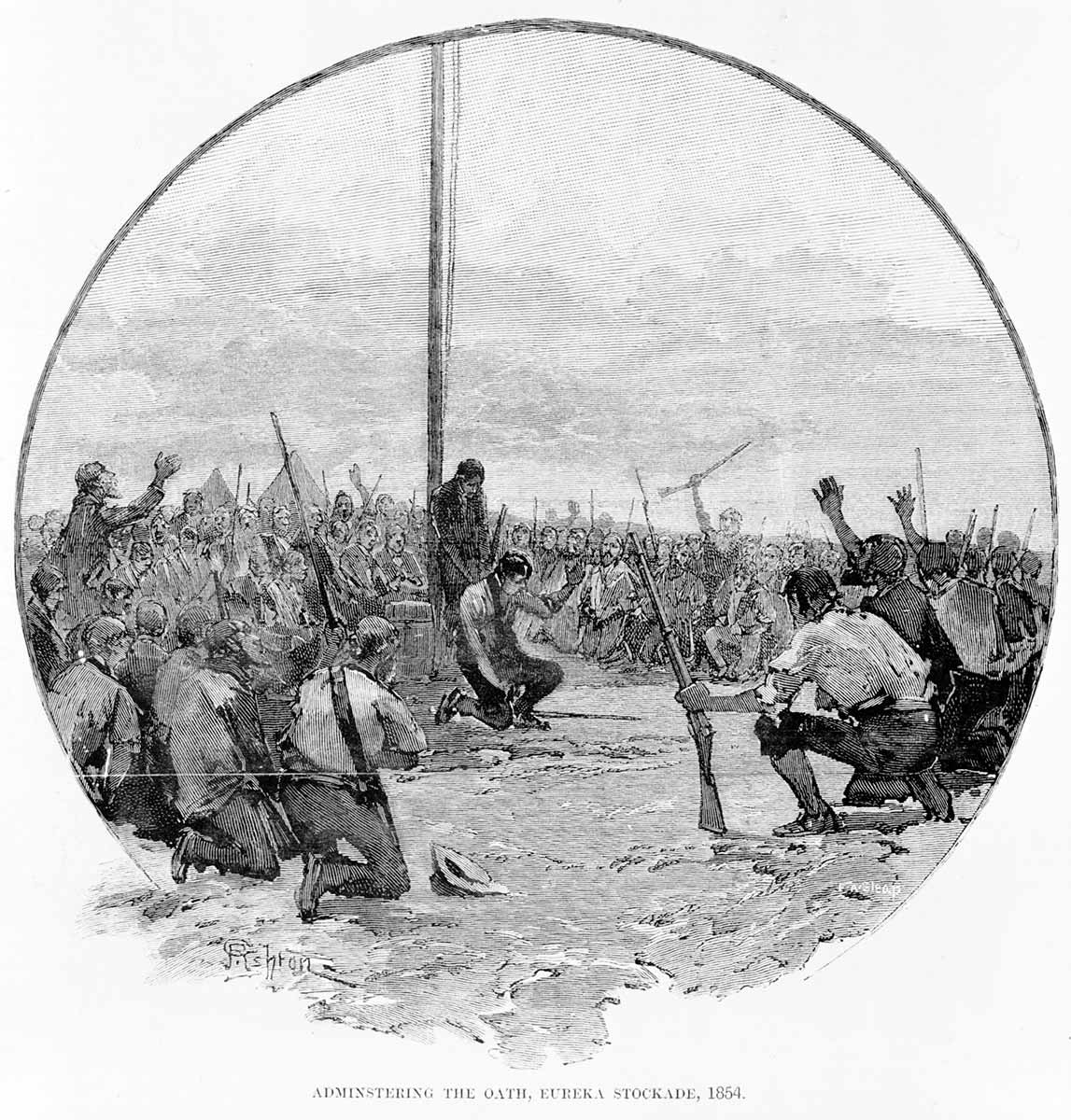
 Can you find out?
Can you find out?
1. Why did the population of Victoria grow so rapidly between 1851 and 1860?
2. Why were miners increasingly upset and what inflamed the situation at Ballarat on 7 October 1854?
3. What was the Eureka Stockade and why was it so important?
Gold in Australia
The first big gold discoveries in Australia were in 1851 in New South Wales and Victoria. Australia’s population grew quickly as people arrived hoping to find gold and become rich. In Victoria for example the population increased from 76,000 to 540,000 in just 10 years between 1851 and 1860.
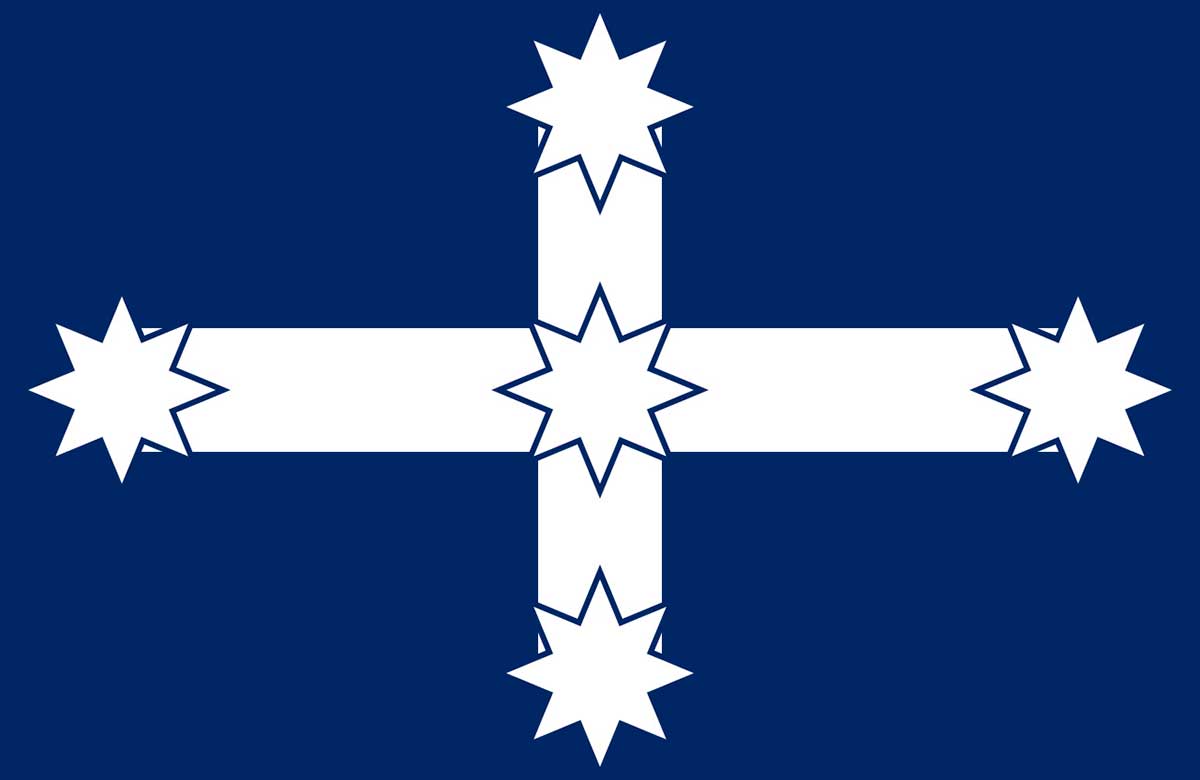
Why was there conflict on the goldfields?
To try to limit the number of people on the goldfields, the governors of New South Wales and Victoria charged miners a licence fee of 30 shillings a month. This was a large amount for most miners and it made the licence a very unpopular tax.
From 1853 miners began to complain in large meetings but Victorian Governor Charles La Trobe ignored their concerns. The tension was increased by regular police ‘licence hunts’ to track down miners who hadn’t paid their fees. The miners claimed the police often accepted bribes and unfairly put people in prison.
In the early hours of 7 October 1854 a miner was killed at the Eureka Hotel in Ballarat. The hotel owner was arrested for the crime but was not convicted by a court. Many still believed the hotel owner was responsible for the death and a small group of people set fire to his hotel.
The people who started the fire were arrested. Later an elected group of miners asked new Victorian Governor Charles Hotham to release the imprisoned men but Hotham refused. Instead the governor sent 150 British soldiers to Ballarat to strengthen the numbers of police and soldiers already stationed there. Many miners believed that the imprisoned men were being treated unfairly so they held another mass meeting at Bakery Hill where they revealed the newly created Eureka flag.
Research task
Look closely at the Eureka flag. Can you find out why this design was chosen and what it stands for?
What happened at the Eureka Stockade?
The day after the Eureka flag was revealed the police began a licence hunt. As the police moved through the miners’ tents the miners gathered and later marched to Bakery Hill. At this meeting Irishman Peter Lalor became the leader of the protest and led the miners to an area around Eureka where they created a stockade with timber from nearby mineshafts. There Lalor led the men and women in an oath.
Over the next two days the men and women stayed in and around the stockade and many miners got ready for possible conflict with the police.
On 3 December 1854 almost 300 soldiers and police attacked the stockade. The attack was over in 15 minutes. At least 22 miners – including one woman – and five soldiers died.
Research task
Research Peter Lalor and write a short report about his life. You might like to use the Australian Dictionary of Biography as one of your sources.
The rebellion at Eureka Stockade in live-sketch animation, as told by historian David Hunt. Note: It is believed that five or six soldiers died at the stockade.
‘It is my duty now to swear you in, and to take with you the oath to be faithful to the Southern Cross. Now hear me with attention. The man who, after this solemn oath does not stand by our standard, is a coward at heart … We swear by the Southern Cross to stand truly by each other, and fight to defend our rights and liberties.’
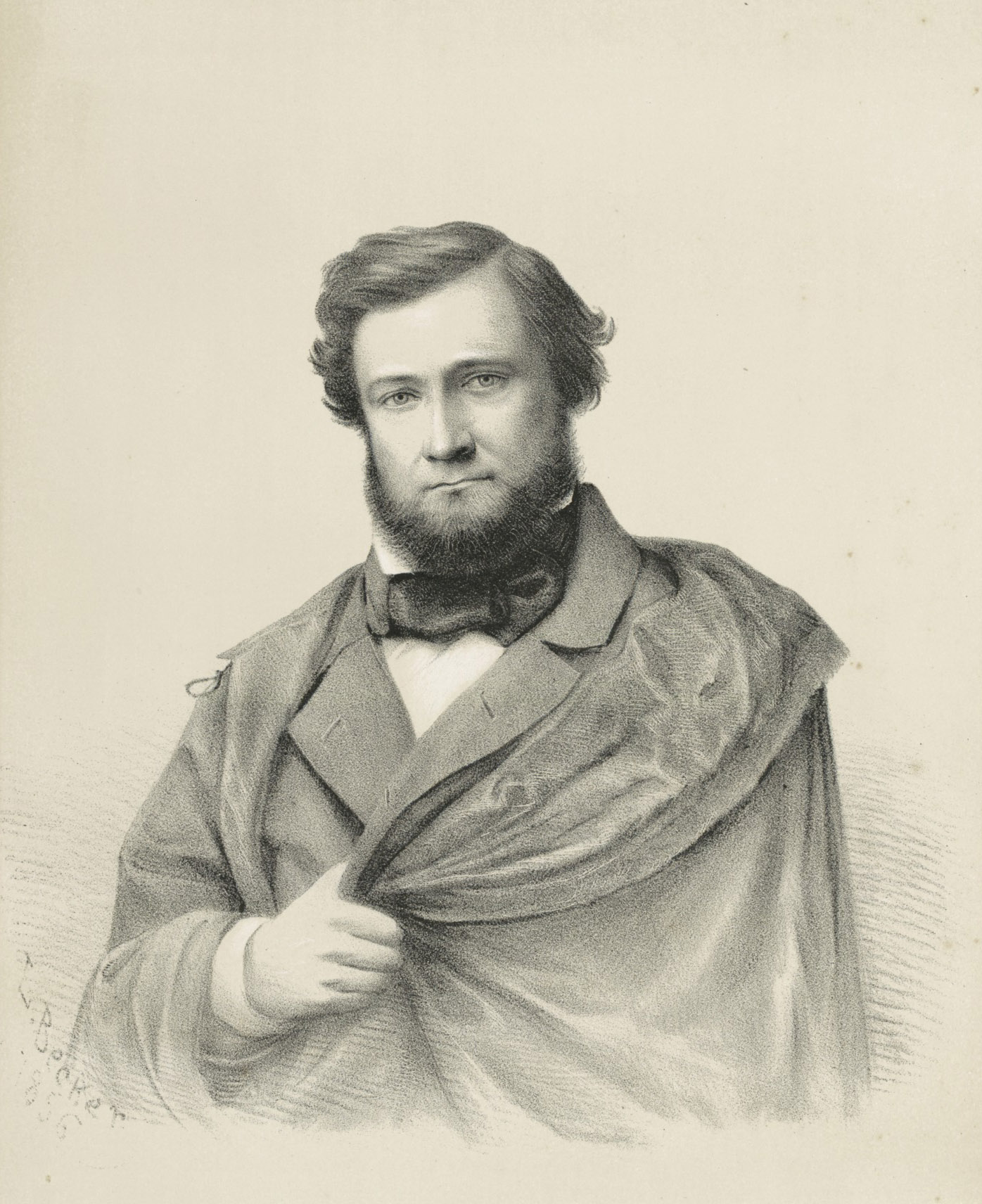
What were the consequences of the Eureka stockade?
Thirteen miners were taken to Melbourne to stand trial by jury but eventually each was released. It was clear that the citizens of Victoria disagreed with the government’s actions in Ballarat.
Governor Hotham called for a Goldfields Commission of Enquiry into the incident. The Commission’s findings favoured the miners. As a result the licence fee was removed and replaced by a £1 per year miner’s right. Also, half the police on the goldfields were sacked; so were the gold commissioners who had given out the licences, many of whom were corrupt.
Twelve new members were added to the upper house of the Victorian Parliament, the Legislative Council. Four were appointed by the Queen (Victoria) but, importantly, eight were elected by the miners who held a miner’s right. One of the new members was Peter Lalor who had survived the Eureka violence. The Eureka Stockade was a short-lived rebellion that continues to influence Australian politics. Decades later Doc Evatt, former Leader of the Australian Labor Party and High Court judge, would proclaim that ‘Australian democracy was born at Eureka.’
Read a longer version of this Defining Moment on the National Museum of Australia’s website.
 What did you learn?
What did you learn?
1. Why did the population of Victoria grow so rapidly between 1851 and 1860?
2. Why were miners increasingly upset and what inflamed the situation at Ballarat on 7 October 1854?
3. What was the Eureka Stockade and why was it so important?






